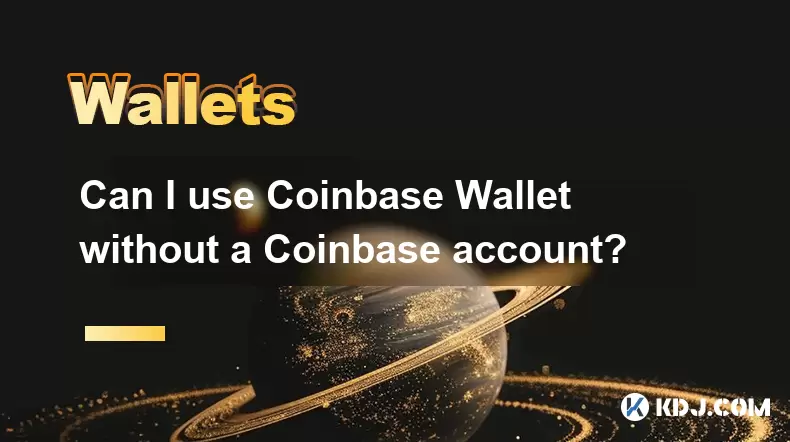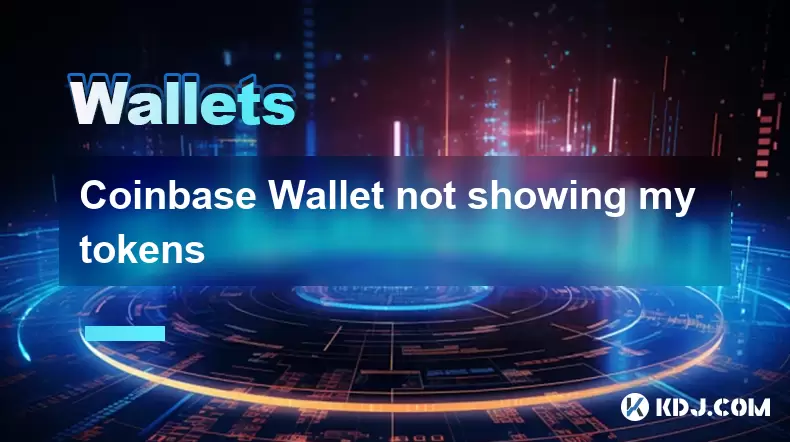-
 Bitcoin
Bitcoin $120400
1.77% -
 Ethereum
Ethereum $3615
7.90% -
 XRP
XRP $3.580
17.84% -
 Tether USDt
Tether USDt $1.001
0.06% -
 BNB
BNB $729.4
1.25% -
 Solana
Solana $179.9
5.04% -
 USDC
USDC $0.0000
0.01% -
 Dogecoin
Dogecoin $0.2311
8.22% -
 TRON
TRON $0.3226
4.04% -
 Cardano
Cardano $0.8490
12.85% -
 Hyperliquid
Hyperliquid $46.45
0.72% -
 Stellar
Stellar $0.4913
8.54% -
 Sui
Sui $4.027
2.00% -
 Chainlink
Chainlink $18.51
11.67% -
 Hedera
Hedera $0.2818
21.51% -
 Avalanche
Avalanche $24.03
7.40% -
 Bitcoin Cash
Bitcoin Cash $508.5
2.90% -
 Shiba Inu
Shiba Inu $0.00001496
3.24% -
 UNUS SED LEO
UNUS SED LEO $8.961
1.83% -
 Toncoin
Toncoin $3.264
3.13% -
 Litecoin
Litecoin $104.6
8.15% -
 Polkadot
Polkadot $4.389
6.11% -
 Uniswap
Uniswap $9.924
10.63% -
 Monero
Monero $337.9
0.49% -
 Pepe
Pepe $0.00001376
2.79% -
 Bitget Token
Bitget Token $4.830
2.46% -
 Ethena USDe
Ethena USDe $1.001
0.05% -
 Dai
Dai $1.000
0.02% -
 Aave
Aave $325.2
1.66% -
 Bittensor
Bittensor $423.7
-0.85%
How to track crypto whale wallets
Tracking crypto whale wallets can provide valuable insights into market trends and potential price movements, helping investors make informed decisions.
Jul 16, 2025 at 10:00 am

What Are Crypto Whale Wallets?
Crypto whale wallets refer to large cryptocurrency holdings controlled by individuals or entities that have the potential to significantly influence market prices. These wallets often contain vast amounts of digital assets, sometimes equivalent to millions or even billions of dollars in value. Tracking these wallets can provide valuable insights into market trends and possible price movements. Understanding how to identify and monitor these wallets is essential for investors seeking an edge in the volatile crypto space.
Why Track Whale Wallets?
Tracking whale wallets can offer critical information about potential market manipulation or sudden shifts in asset supply and demand. Whales often move large sums of crypto between exchanges or cold storage, which can signal upcoming price changes. Monitoring these activities allows traders and analysts to anticipate market behavior and make informed decisions based on real-time blockchain data. This practice has become increasingly popular among both retail and institutional investors.
Tools and Platforms for Whale Wallet Tracking
Several platforms specialize in tracking whale activity across various blockchains. Tools like Etherscan, Blockchain.com Explorer, Whale Alert, and Glassnode offer detailed insights into wallet transactions. These platforms allow users to view transaction histories, track large transfers, and receive alerts when significant movements occur. Some services integrate with APIs, enabling developers and analysts to build custom dashboards or set up notifications tailored to specific wallets or thresholds.
How to Identify Whale Wallets
Identifying a whale wallet involves analyzing blockchain data for unusually large balances or frequent high-value transactions. Start by using a blockchain explorer relevant to the cryptocurrency you're monitoring. Look for addresses with substantial holdings—often measured in thousands or tens of thousands of coins. Some platforms automatically label known whale wallets, while others require manual investigation. Cross-referencing transaction history with exchange deposit/withdrawal patterns can also help determine if a wallet belongs to a major player.
Setting Up Real-Time Alerts for Whale Movements
To stay updated on whale activity, setting up real-time alerts is crucial. Many blockchain explorers and analytics tools allow users to create watchlists for specific addresses. For example, Etherscan enables users to add wallet addresses to a portfolio and receive email or SMS notifications whenever activity occurs. Additionally, third-party apps like Whale Alert offer push notifications via Telegram or email when large transactions are detected. Configure these alerts with customizable thresholds to filter out minor transfers and focus only on significant movements.
Analyzing On-Chain Behavior of Whale Wallets
Beyond mere tracking, understanding the on-chain behavior of whales can reveal strategic insights. For instance, repeated movement of funds from cold storage to exchanges may indicate an impending sell-off. Conversely, large inflows into secure wallets could suggest long-term holding strategies. Analyzing transaction frequency, gas fees, and interaction with smart contracts can further refine your interpretation of whale behavior. This level of detail helps differentiate between automated exchange movements and deliberate whale actions.
Integrating Whale Data into Trading Strategies
Incorporating whale tracking into trading strategies requires careful analysis and correlation with other market indicators. Traders often combine whale movement data with technical analysis tools such as volume spikes, order book depth, and candlestick patterns. By aligning whale activity with broader market sentiment, traders can develop more nuanced strategies that account for both macro and micro-level influences. However, it’s important to remember that not all whale moves result in immediate price changes, so context and timing are key factors.
Frequently Asked Questions (FAQ)
Can I track whale wallets for all cryptocurrencies?
Yes, but the availability of tracking tools varies depending on the blockchain's transparency and popularity. Major cryptocurrencies like Bitcoin, Ethereum, and Binance Coin have robust tracking ecosystems, while smaller altcoins may lack comprehensive monitoring solutions.
Do whale wallets always impact the market negatively?
Not necessarily. While whale movements can cause short-term volatility, they don’t always lead to negative outcomes. Sometimes whale activity reflects normal portfolio rebalancing or institutional accumulation, which can stabilize or even boost prices over time.
Is it legal to monitor whale wallets?
Yes, monitoring whale wallets is entirely legal since blockchain data is publicly accessible. However, attempting to manipulate markets based on this information or engaging in insider trading practices is illegal and subject to regulatory scrutiny.
How accurate are whale tracking tools?
Most whale tracking tools are highly accurate due to their reliance on direct blockchain data. However, some limitations exist, such as delayed updates or misattribution of wallet ownership. Always cross-reference multiple sources for better reliability.
Disclaimer:info@kdj.com
The information provided is not trading advice. kdj.com does not assume any responsibility for any investments made based on the information provided in this article. Cryptocurrencies are highly volatile and it is highly recommended that you invest with caution after thorough research!
If you believe that the content used on this website infringes your copyright, please contact us immediately (info@kdj.com) and we will delete it promptly.
- MEXC's Q2 Domination: Riding the Crypto Wave to Market Leadership
- 2025-07-18 18:30:12
- Caldera (ERA) Takes Flight: Binance Listing Ignites Crypto Surge
- 2025-07-18 19:10:13
- Hex Trust and Algorand: Institutional Staking Rewards Take Center Stage
- 2025-07-18 19:50:13
- XRP, Ethereum, and the Crypto Rotation: Where's the Smart Money Going?
- 2025-07-18 19:15:13
- DeFi Lending, Fintech, and Morpho: A New Era?
- 2025-07-18 19:50:13
- Ethereum, Litecoin, and Institutional Crypto: What's the Deal?
- 2025-07-18 19:55:13
Related knowledge

Can I use Coinbase Wallet without a Coinbase account?
Jul 18,2025 at 04:35am
What is Coinbase Wallet?Coinbase Wallet is a self-custodial wallet that allows users to store, send, and receive various cryptocurrencies directly on ...

How to add Arbitrum to Coinbase Wallet
Jul 18,2025 at 03:00pm
Understanding Arbitrum and Its Integration with Coinbase WalletArbitrum is a layer-2 scaling solution developed by Offchain Labs to enhance the speed ...

Coinbase Wallet not showing my tokens
Jul 18,2025 at 09:49am
Understanding Coinbase Wallet Token Display IssuesIf you're experiencing issues where Coinbase Wallet not showing my tokens, it can be frustrating, es...

Does Coinbase Wallet have a desktop app?
Jul 18,2025 at 12:08am
Understanding Coinbase Wallet and Its Core FeaturesCoinbase Wallet is a non-custodial cryptocurrency wallet developed by Coinbase, one of the leading ...

Coinbase Wallet not syncing
Jul 18,2025 at 07:49am
Understanding Coinbase Wallet Syncing IssuesWhen users encounter problems with Coinbase Wallet not syncing, it typically means that the wallet is unab...

How to revoke permissions on Coinbase Wallet
Jul 18,2025 at 02:00am
What Does It Mean to Revoke Permissions on Coinbase Wallet?In the context of Coinbase Wallet, revoking permissions refers to removing access that dece...

Can I use Coinbase Wallet without a Coinbase account?
Jul 18,2025 at 04:35am
What is Coinbase Wallet?Coinbase Wallet is a self-custodial wallet that allows users to store, send, and receive various cryptocurrencies directly on ...

How to add Arbitrum to Coinbase Wallet
Jul 18,2025 at 03:00pm
Understanding Arbitrum and Its Integration with Coinbase WalletArbitrum is a layer-2 scaling solution developed by Offchain Labs to enhance the speed ...

Coinbase Wallet not showing my tokens
Jul 18,2025 at 09:49am
Understanding Coinbase Wallet Token Display IssuesIf you're experiencing issues where Coinbase Wallet not showing my tokens, it can be frustrating, es...

Does Coinbase Wallet have a desktop app?
Jul 18,2025 at 12:08am
Understanding Coinbase Wallet and Its Core FeaturesCoinbase Wallet is a non-custodial cryptocurrency wallet developed by Coinbase, one of the leading ...

Coinbase Wallet not syncing
Jul 18,2025 at 07:49am
Understanding Coinbase Wallet Syncing IssuesWhen users encounter problems with Coinbase Wallet not syncing, it typically means that the wallet is unab...

How to revoke permissions on Coinbase Wallet
Jul 18,2025 at 02:00am
What Does It Mean to Revoke Permissions on Coinbase Wallet?In the context of Coinbase Wallet, revoking permissions refers to removing access that dece...
See all articles

























































































